On 28 February 2020 around 09:35 UTC (10:35 CET) people from Italy, Slovenia, and Croatia were witnesses to a spectacular daytime fireball. The fireball was only visible for a few seconds, with an extremely bright glow at the end of its trajectory.
AMS/IMO has already received 70 witness reports so far.
If you witnessed one of these event and/or if you have a video or a photo of this event, please
Submit an Official Fireball Report
(available in 36 languages)
The trajectory which was computed based on the IMO reports indicates that the event happened above Slovenia:
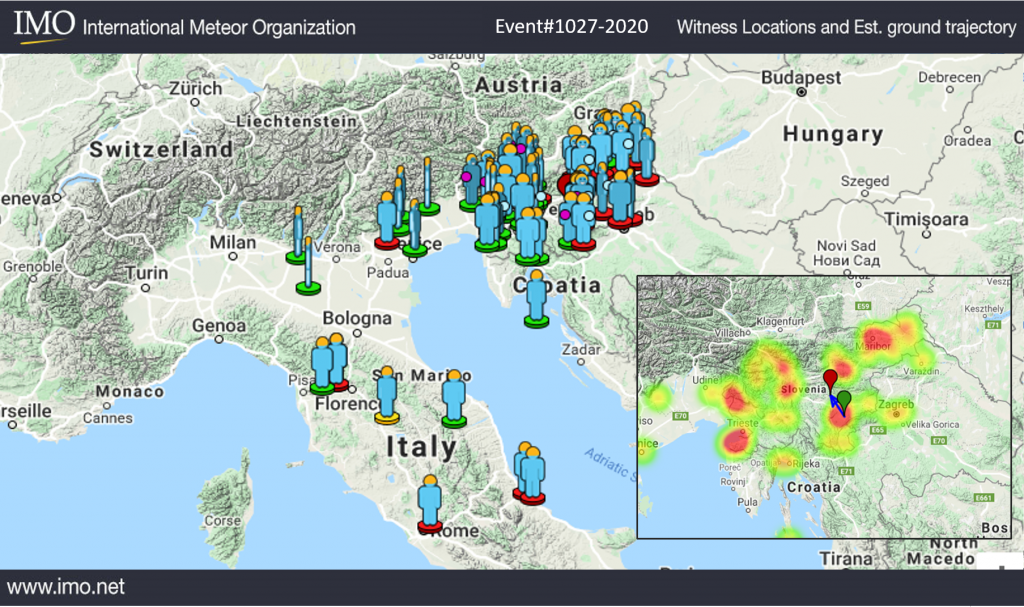
The entering object was detected with US government sensors. They published a time of the fireball of 09:30:34 UT, coordinates of Lat: 45.7° N, Lon: 15.1° E, a velocity of 21.5 km/s, and an energy of 0.34 kt TNT of the entering object.
The event could also be measured by infrasound stations. In the waveforms of two stations of the International Monitoring System of the Comprehensive Nuclear-Test-Ban Treaty Organisation a signature of the fireball could be identified.
We were able to calculate a source energy of the entering asteroid of about 5 kt TNT. With the velocity published from CNEOS and an assumed density of 3000 kg/m3 the size would be around 4 m diameter, with a mass of about 90 t!
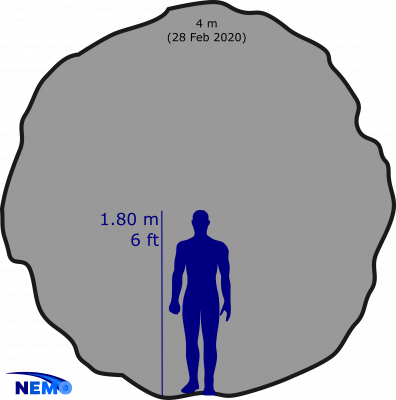
There were reports of a sonic boom and various nice images and videos of the fireball on Social Media e.g. Twitter. In a post by Strewnify even a strewn field computed by Jim Goodall was shared.
First reports of a large fireball explosion over Slovenia and Croatia this morning, Feb 28th – loud sonic boom and shockwave reported! https://t.co/iwqzsu7MIk pic.twitter.com/26g92JLPjG
— Matt Makens (@MattMakens) February 28, 2020
HUGE daytime fireball over Slovenia! Find out where you could find the meteorites! Free strewn field maps posted to https://t.co/HpMgBt51wP. Happy hunting! #slovenia @alfacruz3 @comets77 @BatsaikhanBSU @Owmuchonomy https://t.co/9ahhmP5bpq pic.twitter.com/BGQbTQomg0
— Strewnify (@strewnify) March 2, 2020
Update
A first meteorite was recovered in Prečna near Novo Mesto! Following this article from total slovenia news the meteorite’s authenticity was confirmed on Saturday evening. The fragment has a weight of 203 g and was classified as a chondrite.
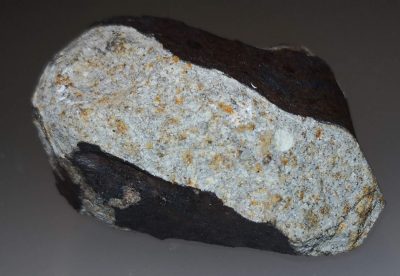
Further meteorites are expected to be out there – so go find them!
In the course of the PRISMA project the strewn field was computed and published. Albino Carbognani was able to calculate the atmospheric trajectory and strewn field based on CNEOS data.
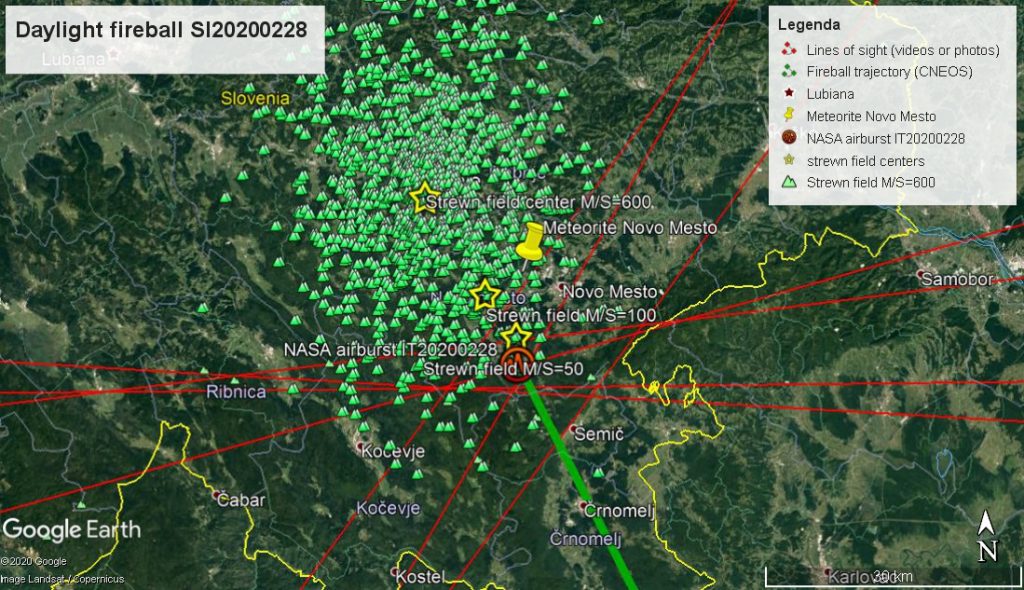
If you want to learn more about Fireballs: read our Fireball FAQ.
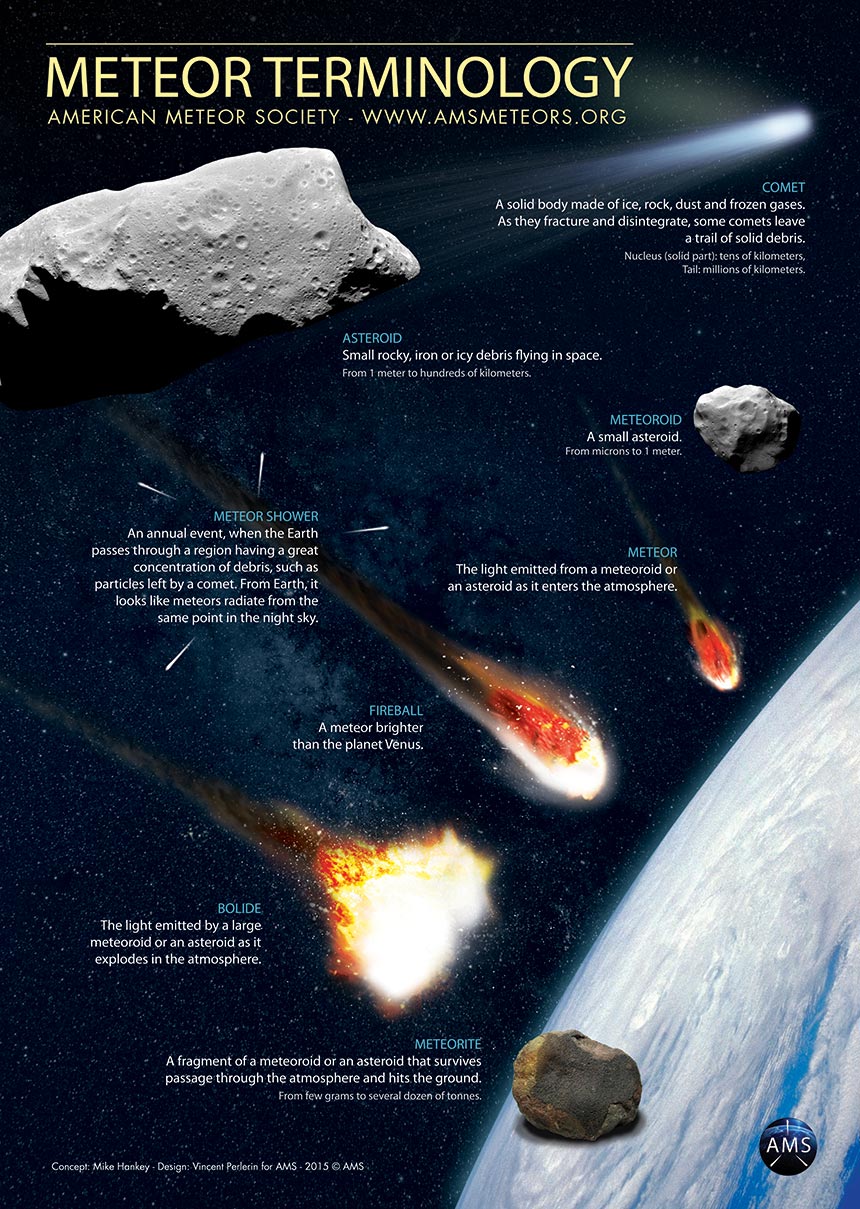



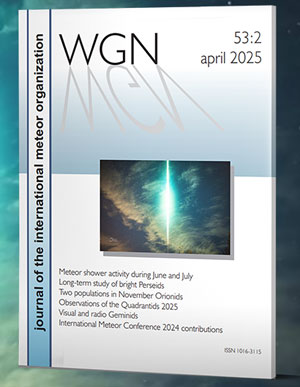
 You saw something bright and fast? Like a huge shooting star? Report it: it may be a fireball.
You saw something bright and fast? Like a huge shooting star? Report it: it may be a fireball.  You counted meteors last night? Share your results with us!
You counted meteors last night? Share your results with us!  You took a photo of a meteor or fireball? You have a screenshot of your cam? Share it with us!
You took a photo of a meteor or fireball? You have a screenshot of your cam? Share it with us!  You caught a meteor or fireball on video? Share your video with us!
You caught a meteor or fireball on video? Share your video with us!
One comment
Dear Theresa and Esther,
I am an Italian astronomer. I inform you that, using NASA’s CNEOS data, I have reconstructed the orbit and the strewn field of the daytime fireball on February 28th. Info and data, in english, can be found here:
http://www.prisma.inaf.it/index.php/2020/03/03/the-daylight-fireball-of-february-28-2020/
It would be nice to find some meteorites of this small asteroid.
Best,
Albino
—
————————————————————————————————————-
Dr. Albino Carbognani, Ph.D.
Researcher INAF-Astrophysics and Space Science Observatory of Bologna (OAS), Italy
https://www.oas.inaf.it/
http://www.prisma.inaf.it/
https://asteroidiedintorni.blog/
—————————————————————————————————————